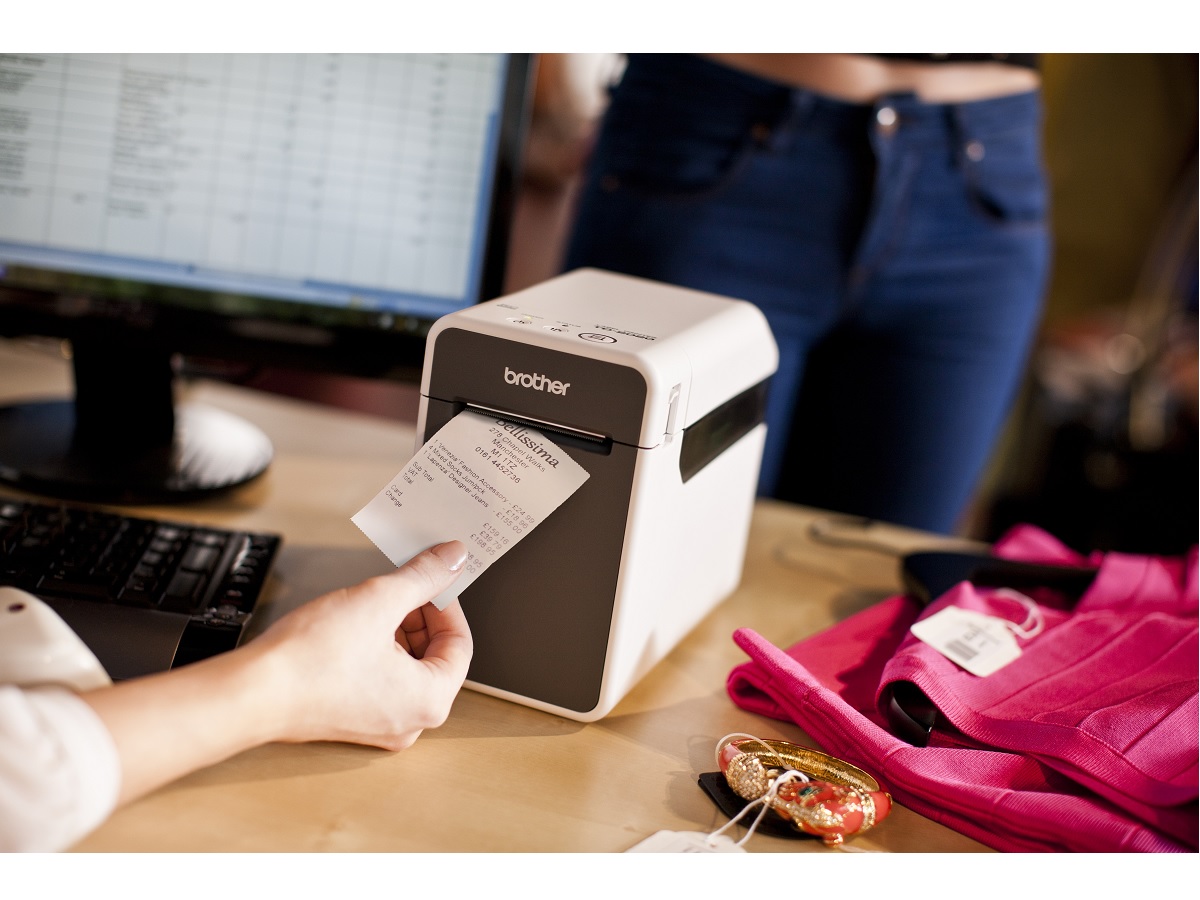Brother label printers are an integral tool for retailers to embrace change in real time and in turn, implement new marketing and logistic processes effectively and with ease, which is more important than ever amid the COVID-19 pandemic, according to Brother International Australia mobile print and labelling specialist, David Molloy.
“Whether it’s applying QR codes to products in stores that direct customers to information, or using the machines to create shipping labels that enable goods to be delivered to end users, label printers are a necessary tool for retailers to continue to do business, even during pandemic circumstances,” Molloy told Appliance Retailer.
As physical and digital retail spaces continue to become increasingly intertwined, QR codes on printed labels have evolved to be a prominent gateway between the two spaces, he said.
“We are already seeing an increase in the use of QR codes to link physical products in store to virtual product information contained online. In the digital age, customers value fast information, so having instant access to content such as an in-depth product brochure or video assists them in making their purchase decision. This is also a growing trend among many vendors who are wanting to assist retailers in getting the best product information to the customer at the time of purchase.”

When asked to share some case studies on how retailers have implemented the use of labels to enhance the shopping experience, Molloy pointed to Australian winemaker, 19Crimes, who utilised augmented reality (AR) to have the person on the bottle come to life as an animated character that told the story of the product.
“AR is starting to make waves now, particularly in creating experiences for customers that like to go above and beyond. Some wine labels already sport this feature and when mixed with the right app, can give an immersive story on the product being scanned on the smartphone. If vendors and retail stores are looking to lift their game and bring customers back in physical stores, AR experiences are a great way to do this,” he said.
“Another example is Tesco in South Korea which trialled a virtual store in railway stations where customers scanned their groceries at the station and they were then delivered by the time they got home. This model could be something that retailers can consider as people readjust back to daily commutes once restrictions lift, particularly if commuters are keen to minimise the amount of time they are out between the office and home.
“Some other examples to consider are QR labels in large showrooms such as furniture stores that allow customers to arrange payment by scanning a label and arranging payment and delivery from the warehouse straight to the home without even needing a shop assistant to process the order.”

